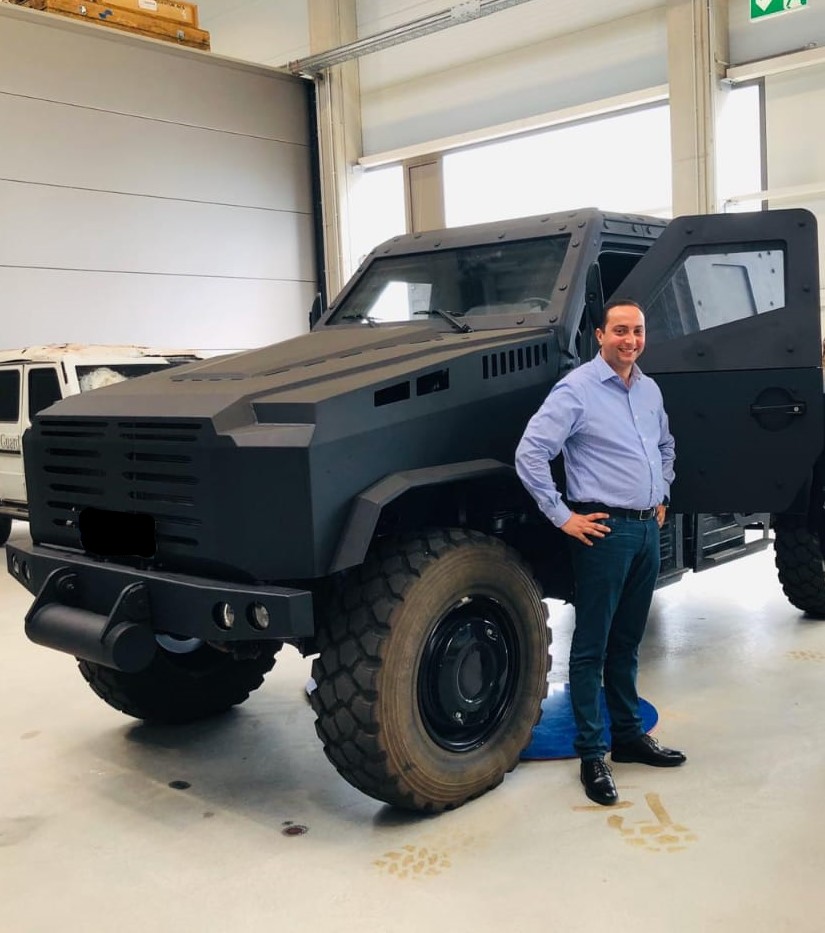
We are An American Engineering Company headquartered in Miami, Florida, with a regional office in Tunis, Tunisia. Our focus is on designing mobility, security, and lifecycle management solutions. Serving the North and West African market, we specialize in supplying spare parts for armored vehicles, including Runflat system tires, HD brakes, HD suspension, and anti-ballistic glass.
Our clientele primarily consists of governments, embassies, and international NGOs. To better cater to our customers in North and West Africa and ensure prompt service, we have established an office and workshop in Tunis.
In addition to our vast knowledge base, we offer the following:
- Top-quality replacement spare parts from trusted brands.
- Seasoned armoring consultants who serve as advisors.
- Specialized training courses for armored vehicle drivers and staff members.
- A dedicated customer service team.
- A strong commitment to continuous learning and the advancement of armoring technology.
By incorporating these elements, we strive to deliver exceptional solutions and maintain our position at the forefront of the industry.
Our mission
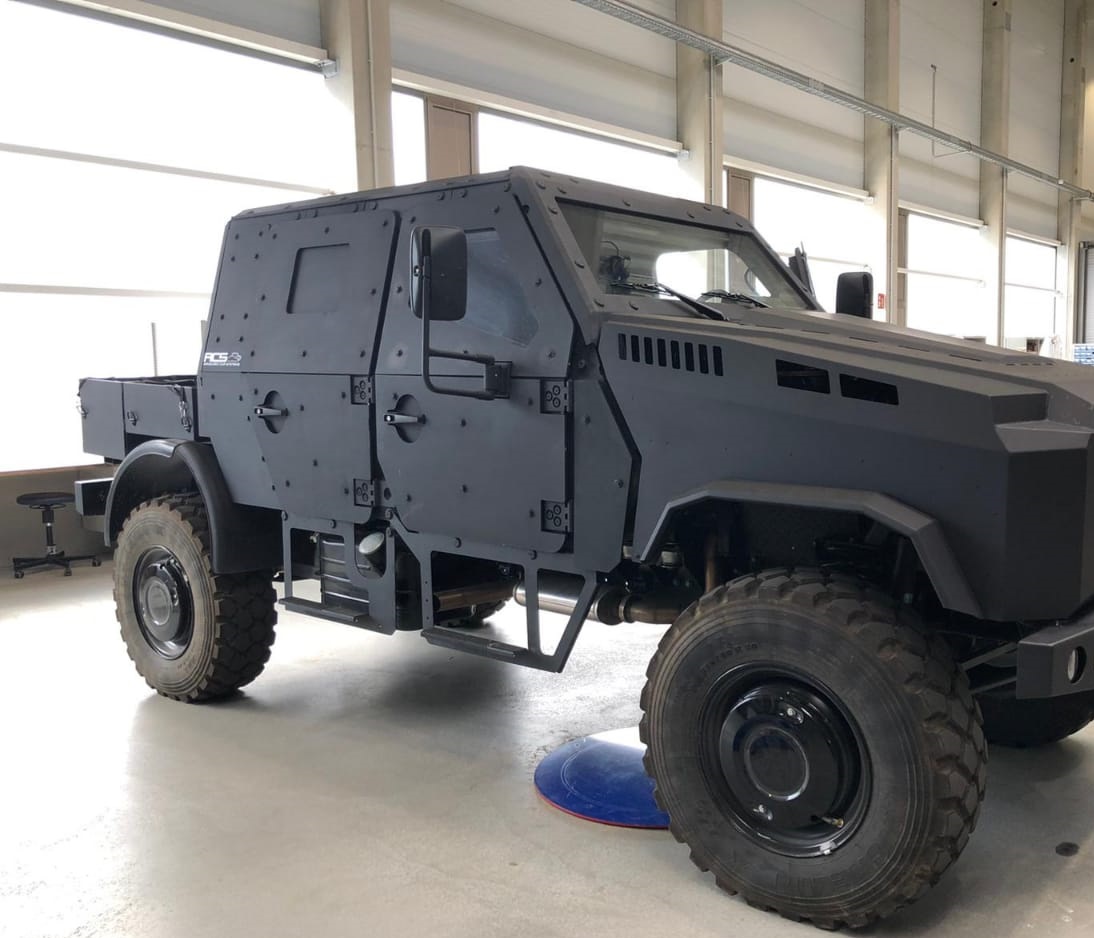
ARMORED VEHICLE ENGINEERING
Our armored vehicle designs are engineered with cutting edge technology, resulting in a high performance product. We focus ourselves in developing and providing dynamic defense solutions
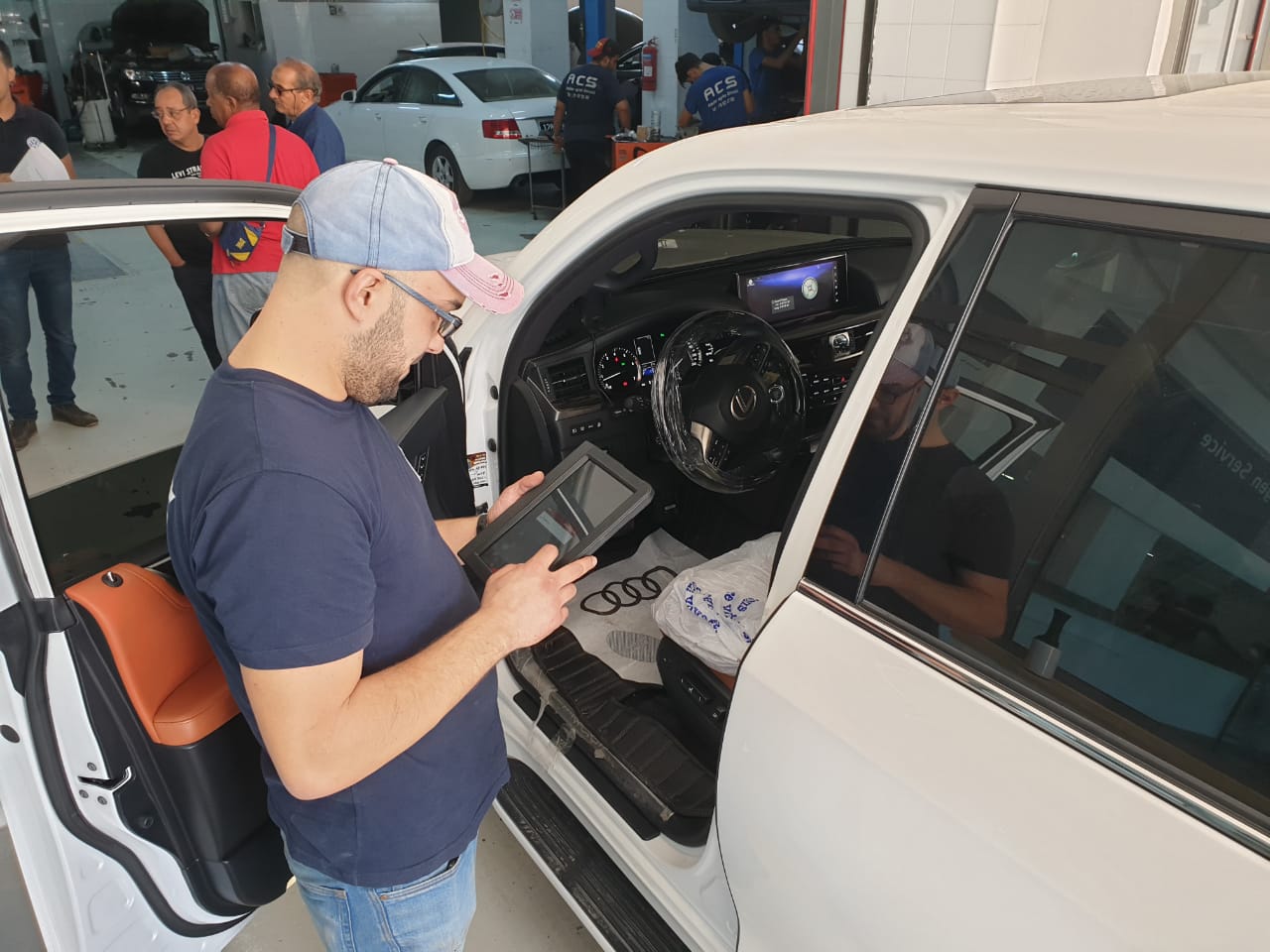
LIFECYCLE MANAGMENT
Heavy weight armored vehicles require special and unique parts and scheduled service. Taking into account their special modifications, security provisions and added weight

TRAINING AND CERTIFICATION
Armored vehicles are specially modified vehicles, with much extra weight, which require specialized handling and maintenance by the driver. The driver must be taught to always have full control

ARMORED VEHICLE RENTALS
We can provide a temporary armored vehicle for rental. All of our armored vehicles are tested, and are properly equipment with safety features for the protection of our clients.

diplomatic, goverment & Ngos sales
We offer a wide range of vehicles, including standard and armored options, tailored to meet the unique needs of Diplomats, Government and NGOs fleets. With our expertise, we customize and optimize vehicles to enhance security, reliability, and functionality.
REFERENCES












SPARE PARTS
Spare parts are an important feature of logistics engineering and supply chain management, often comprising dedicated spare parts management systems.
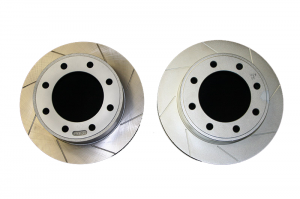
Brakes
Mov'it
StopTech
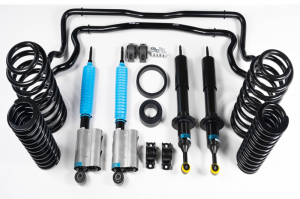
Suspensions
BILSTEIN HD
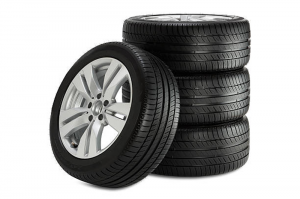
Tires & Rims
Michelin PAX
BF GOODRICH
Bridgestone
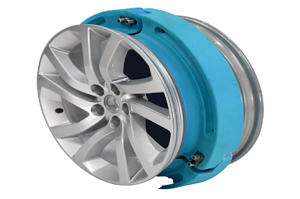
RunFlat systems
Michelin PAX
Rodgrad System
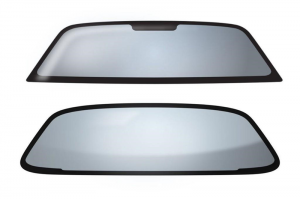
Glasses
2BPanzer Glasses
Keep in Touch!
USA: 10750 NW 66th Street
Unit 402
Doral,
FL-33178,
United States
TUNISIA: Rue de l'Euro,
Imm Selim, 2ème étage,
Les jardins du lac, TN-1053, Tunis
Tunisia
USA: +13057419059
TUN: +21695800769
contact@2bpanzer.com
FAQ
The lifespan of brakes in armored vehicles can be influenced by various factors, including the vehicle type, weight, driving conditions, and usage patterns.
Manufacturers generally recommend replacing the brake pads every 10,000 to 15,000 miles or every 1 to 2 years, depending on which comes first. However, this is a rough estimate, and the actual brake lifespan can differ based on the aforementioned factors.
It’s crucial to acknowledge that armored vehicles are typically heavier than standard vehicles due to the added armor plating and modifications. This additional weight places extra strain on the brakes, potentially resulting in accelerated wear and tear.
Regular maintenance and thorough brake inspections are vital to ensure optimal functionality and to identify any indications of wear or damage. Qualified professionals experienced in working with armored vehicles should handle these tasks.
Bulletproof windows in armored vehicles consist of glass combined with layers of polycarbonate or other materials. These specialized windows are designed to resist bullet penetration and other ballistic threats. However, over time, exposure to environmental factors such as UV radiation, temperature fluctuations, and moisture can cause degradation. This degradation weakens the glass and diminishes the overall effectiveness of the window.
To maintain the necessary level of protection for an armored vehicle, it is advisable to replace bulletproof windows periodically, typically every 3 to 4 years. This ensures that the vehicle’s occupants continue to receive the required protection against ballistic threats while also ensuring compliance with relevant safety standards and regulations.
Regular maintenance and timely replacement of bulletproof windows play a crucial role in maintaining the overall safety and effectiveness of an armored vehicle. It is highly recommended to entrust these tasks to qualified professionals with expertise in working with armored vehicles and bulletproof materials. This ensures that the replacement windows are installed correctly and offer the desired level of protection.
- Regular Cleaning: Clean the windows using a mild, non-abrasive cleaner and a soft cloth or sponge. Avoid using harsh chemicals or abrasive materials that could damage the surface.
- Avoid Extreme Temperatures: Keep the vehicle parked in shaded areas whenever possible to prevent excessive heat buildup. Extreme temperatures can contribute to delamination.
- Use Window Tinting: Applying a high-quality window tint can help protect the bulletproof windows from UV rays and excessive heat, reducing the risk of delamination.
- Avoid Impact or Pressure: Be cautious to prevent any impact or pressure on the bulletproof windows. Avoid hitting or leaning on them, as it can weaken the layers and lead to delamination.
- Regular Inspection: Periodically inspect the bulletproof windows for any signs of delamination, such as bubbling, peeling, or separation. If any issues are detected, consult a professional for repair or replacement.
By following these measures, you can help prolong the lifespan and maintain the integrity of the bulletproof windows in your vehicle, reducing the risk of delamination.
The lifespan of the suspension system in armored vehicles can vary depending on factors such as the suspension type, vehicle weight, driving conditions, and usage patterns.
Typically, the suspension components in armored vehicles, including springs and shock absorbers, may require replacement every 20,000 to 30,000 miles or every 3 to 5 years, taking into account the specific make, model, and operational conditions of the vehicle.
It’s crucial to recognize that armored vehicles are generally heavier than standard vehicles, placing increased stress on the suspension system and potentially accelerating wear and tear. Regular maintenance and inspection of the suspension system are essential to ensure proper functionality and identify any signs of wear or damage.
For owners or operators of armored vehicles, it is important to adhere to the manufacturer’s recommended maintenance schedule and have the suspension system regularly inspected and serviced by qualified professionals with expertise in working with armored vehicles. This proactive approach ensures the safety, reliability, and optimal performance of the vehicle, enabling it to handle various driving conditions effectively.
The lifespan of the suspension system in armored vehicles can vary depending on several factors such as the type of suspension used, the weight of the vehicle, the driving conditions, and the usage patterns.
Typically, the suspension components in armored vehicles, such as springs and shock absorbers, may need to be replaced every 20,000 to 30,000 miles or every 3 to 5 years, depending on the specific make and model of the vehicle and the conditions under which it is operated.
It is important to note that armored vehicles are typically heavier than standard vehicles, which can put additional strain on the suspension system, leading to faster wear and tear. Regular maintenance and inspection of the suspension system is essential to ensure that it is functioning properly and to detect any signs of wear or damage.
If you are the owner or operator of an armored vehicle, it is important to follow the manufacturer’s recommended maintenance schedule and have the suspension system inspected and serviced regularly by qualified professionals with experience in working with armored vehicles. This can help to ensure that the vehicle is safe, reliable, and able to provide the necessary performance and handling characteristics in various driving condition.
© 2B PANZER LLC 2023, All Rights Reserved
This Post Has 9 Comments
Comments are closed.



Pingback: canadian cialis 5mg
Pingback: ciprofloxacin for sinus infection
Pingback: side effects of cephalexin
Pingback: cephalexin generation
Pingback: cephalexin pill
Pingback: where to buy cialis in calgary safely
Pingback: where can i buy original cialis
Pingback: levitra prescription
Pingback: levitra online order